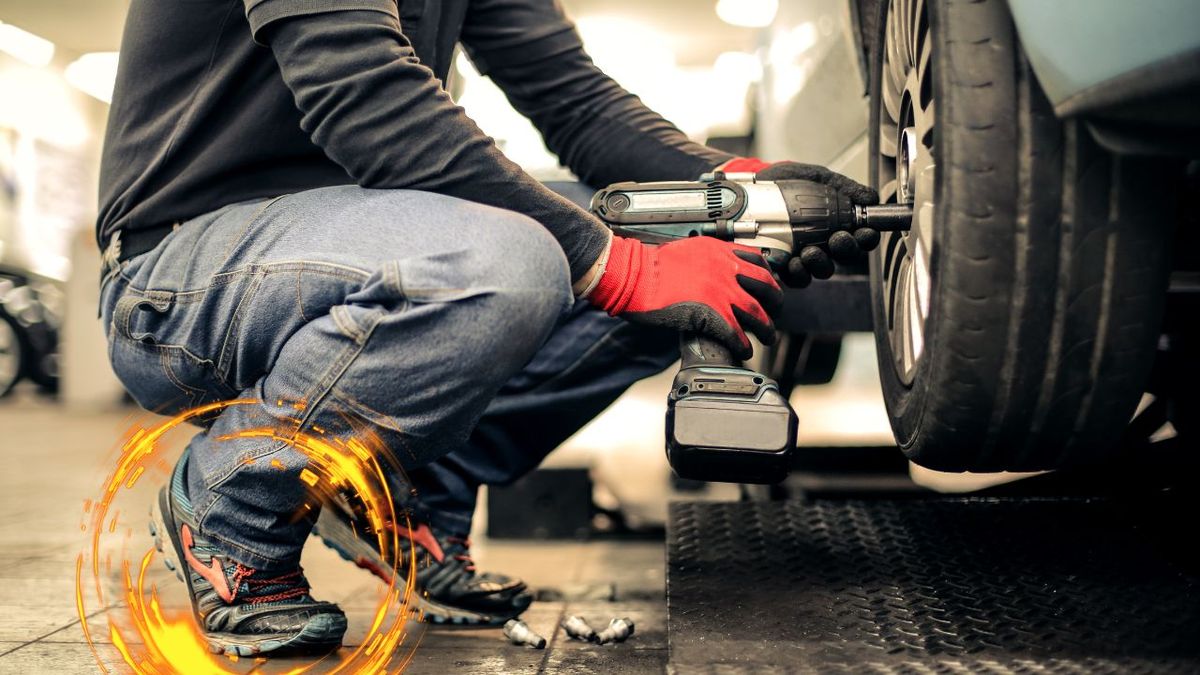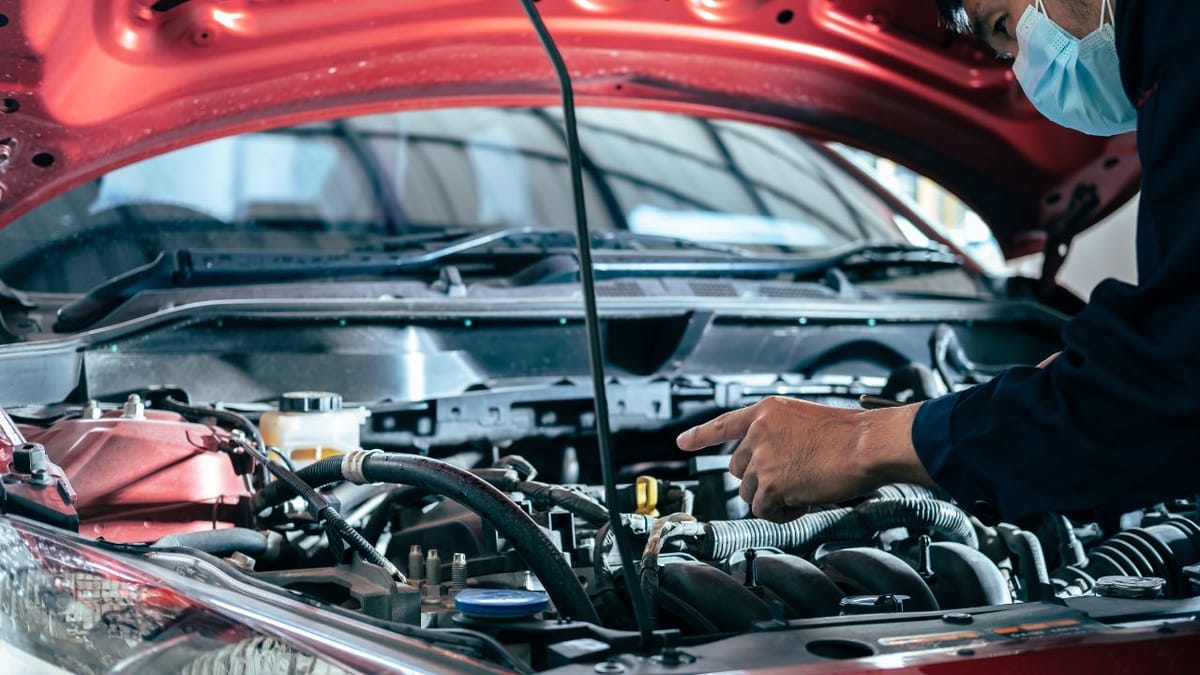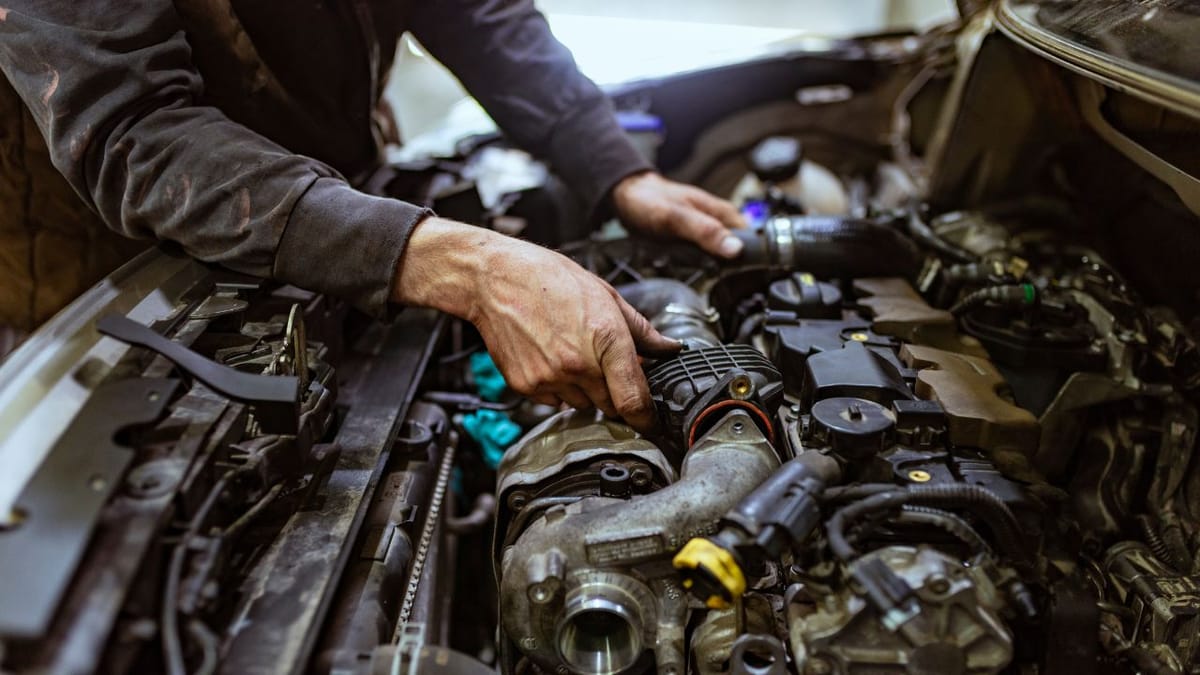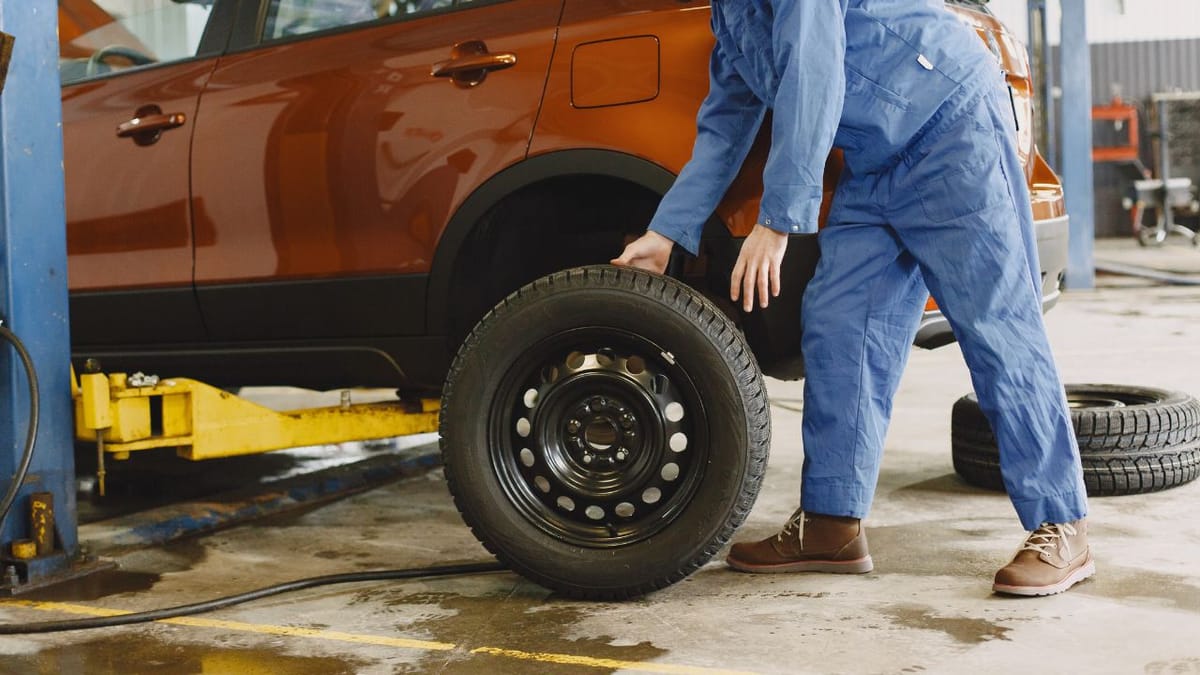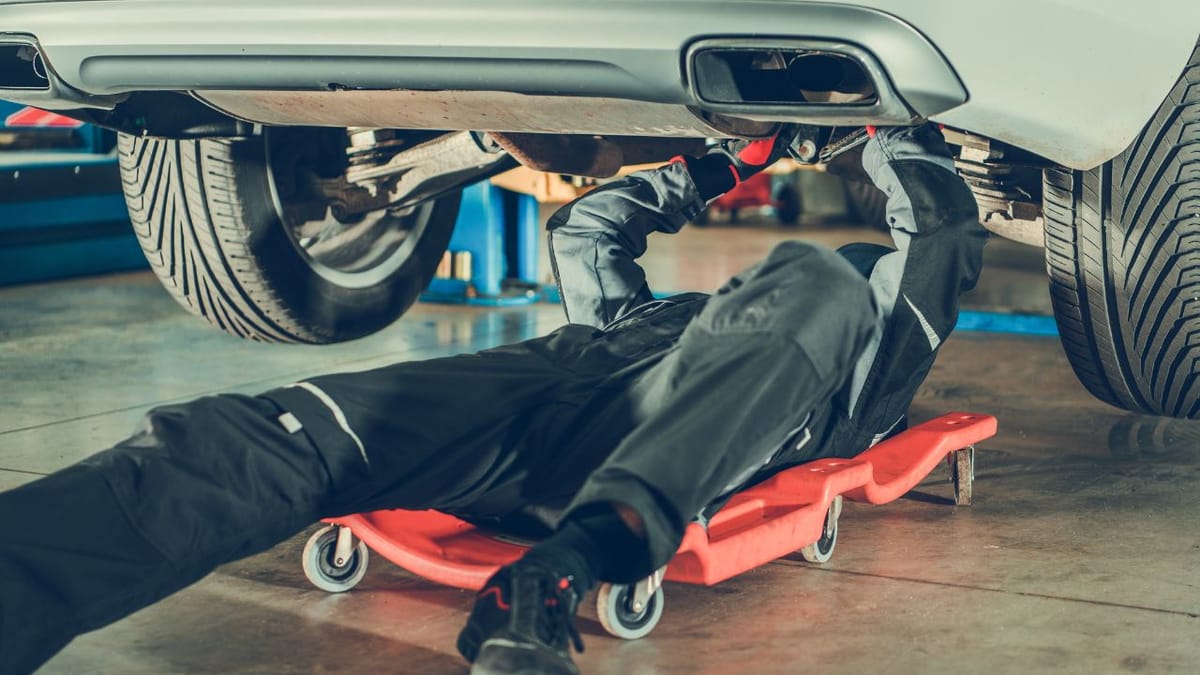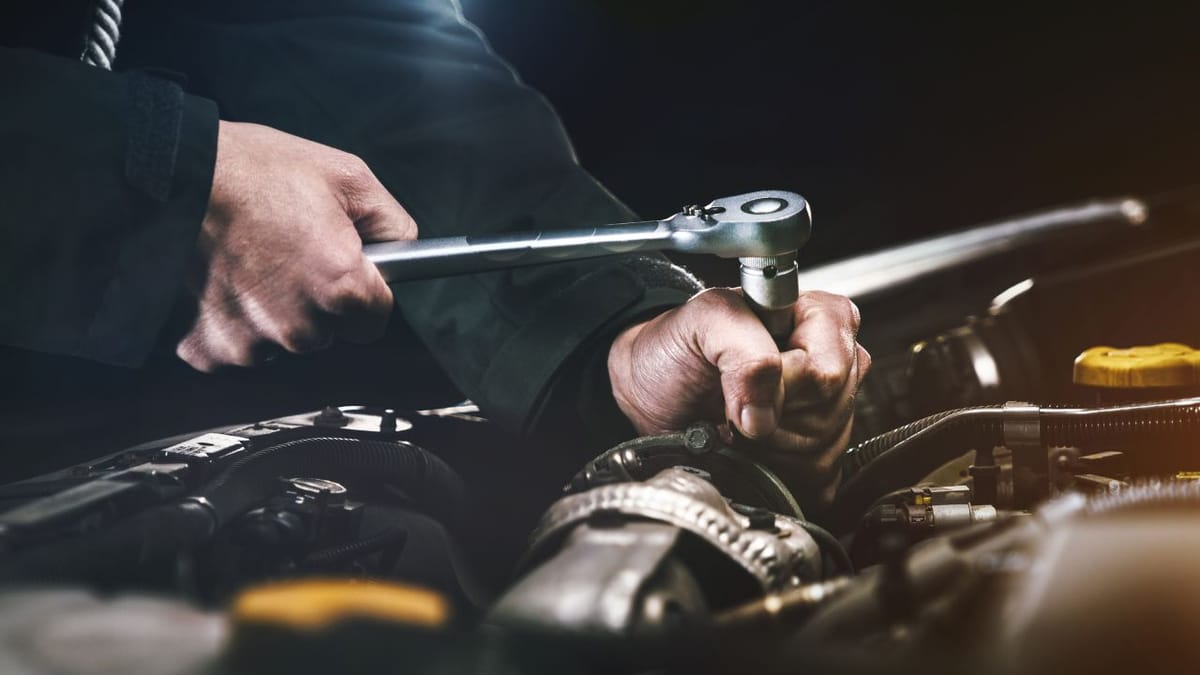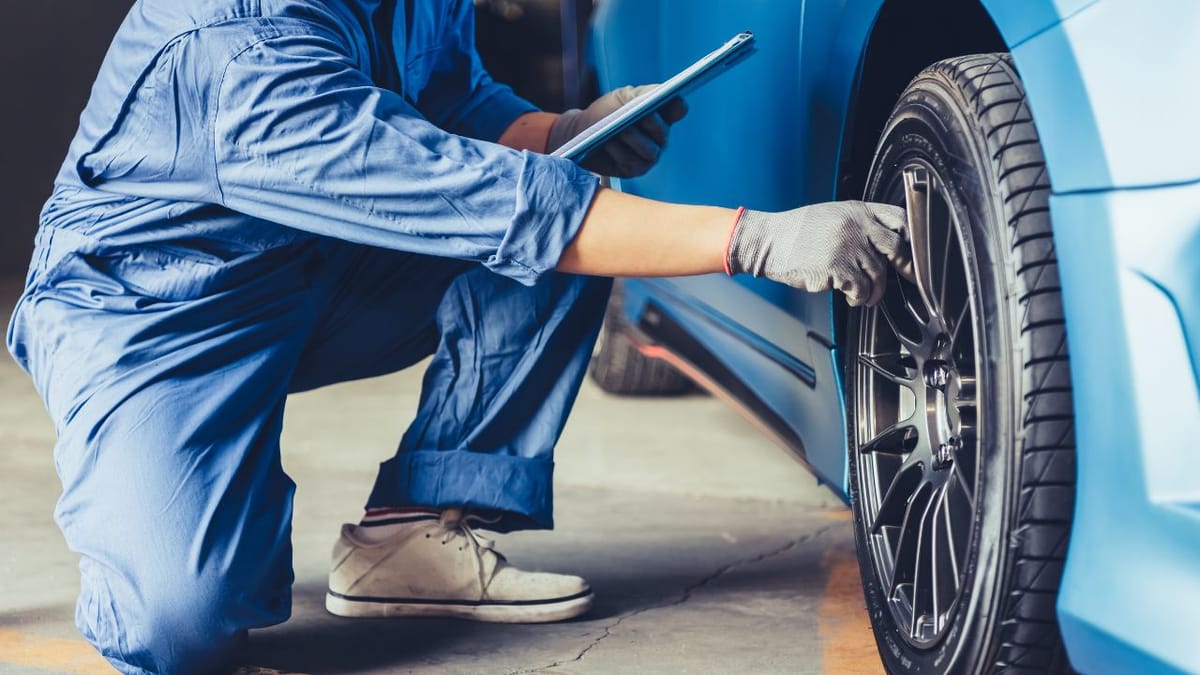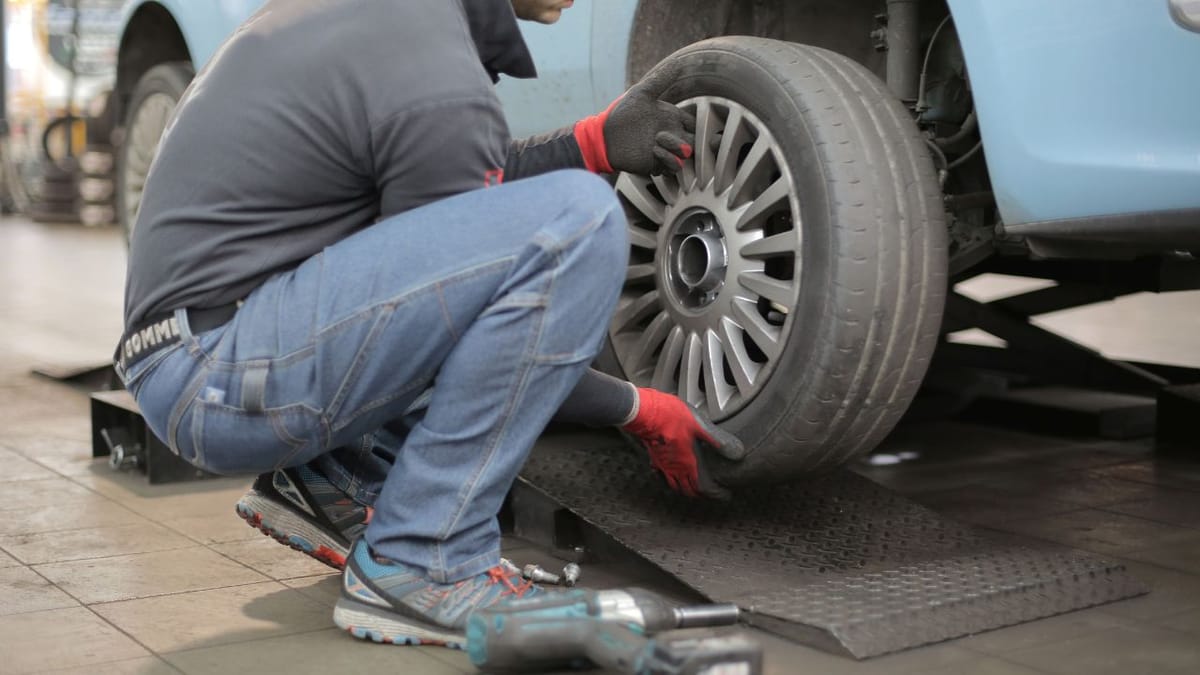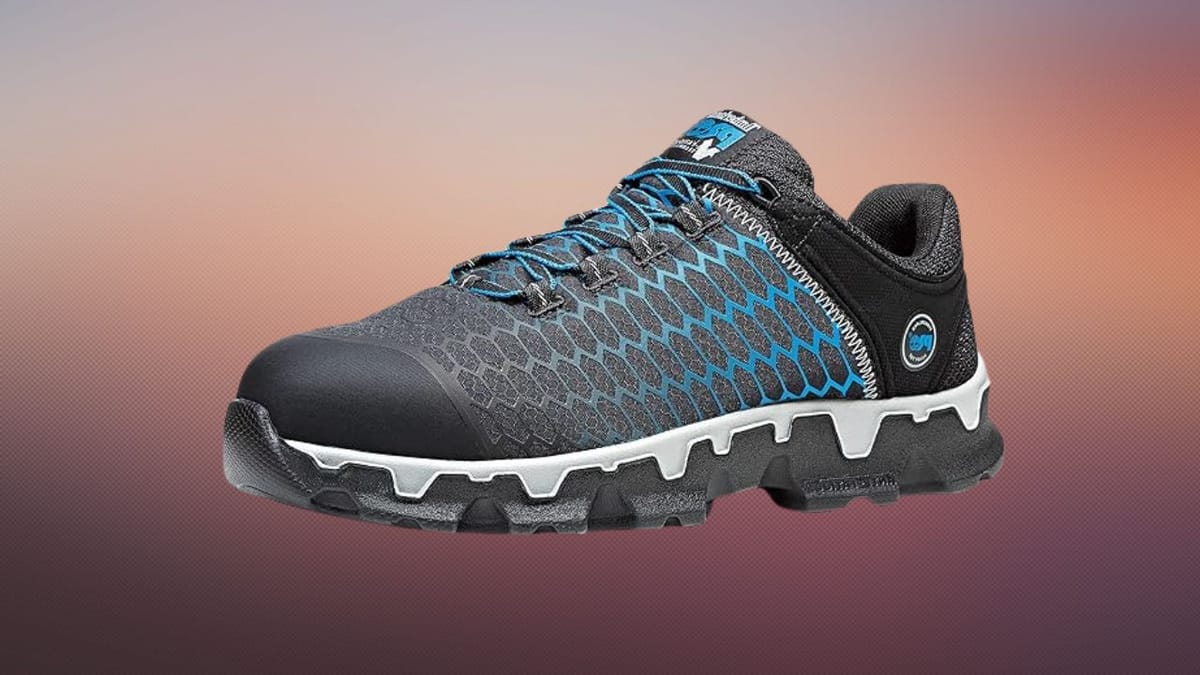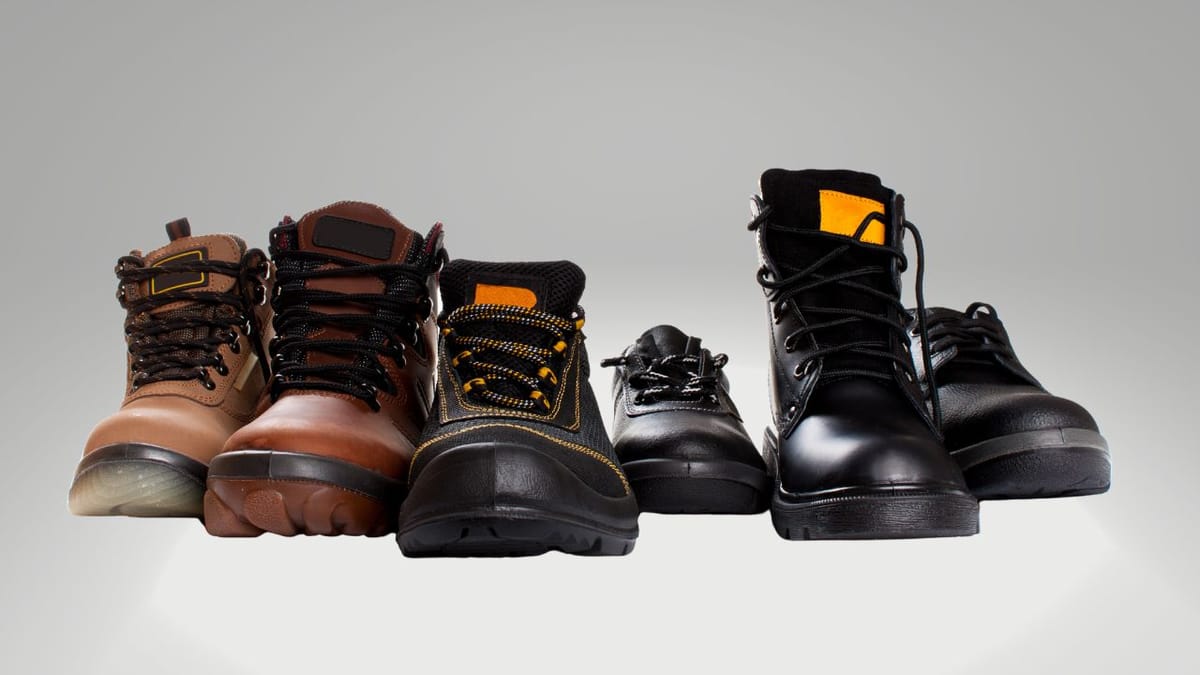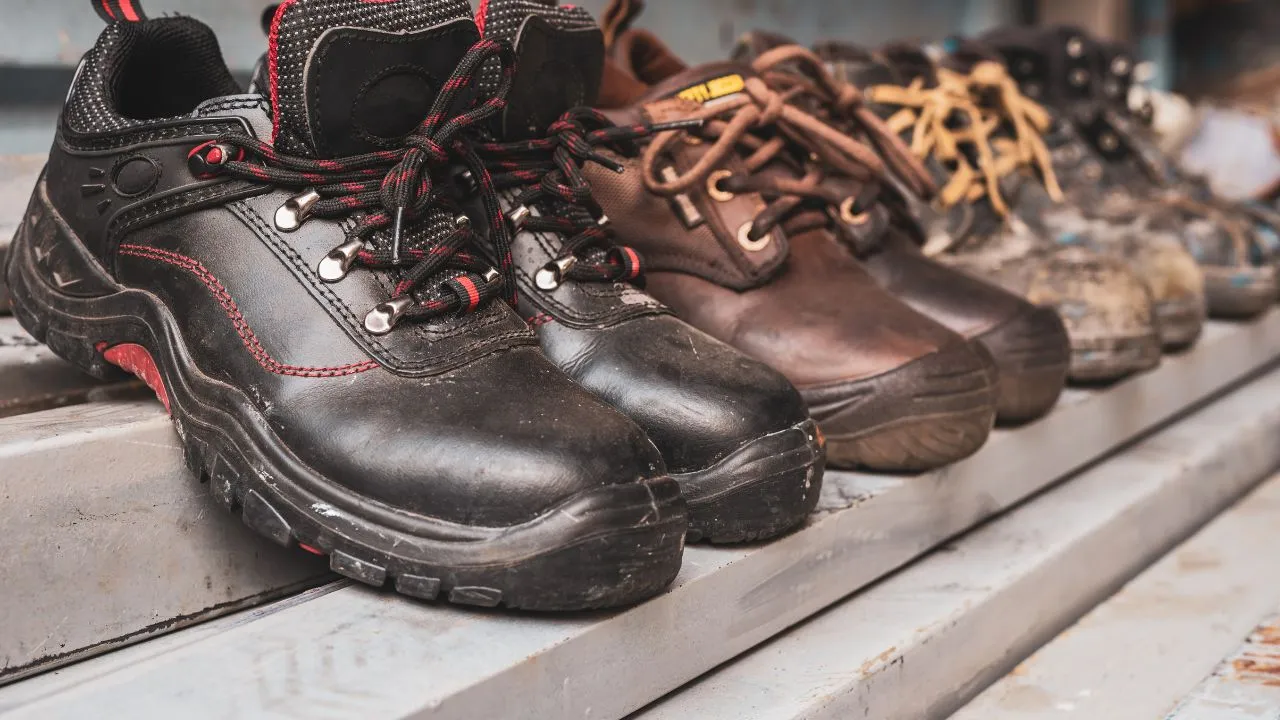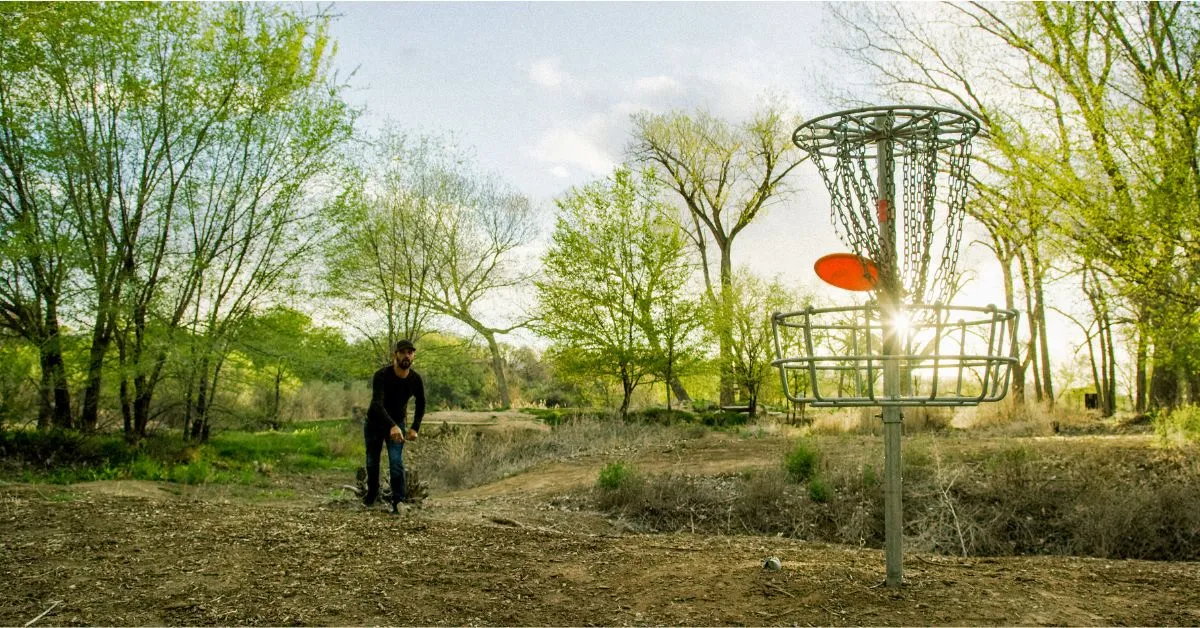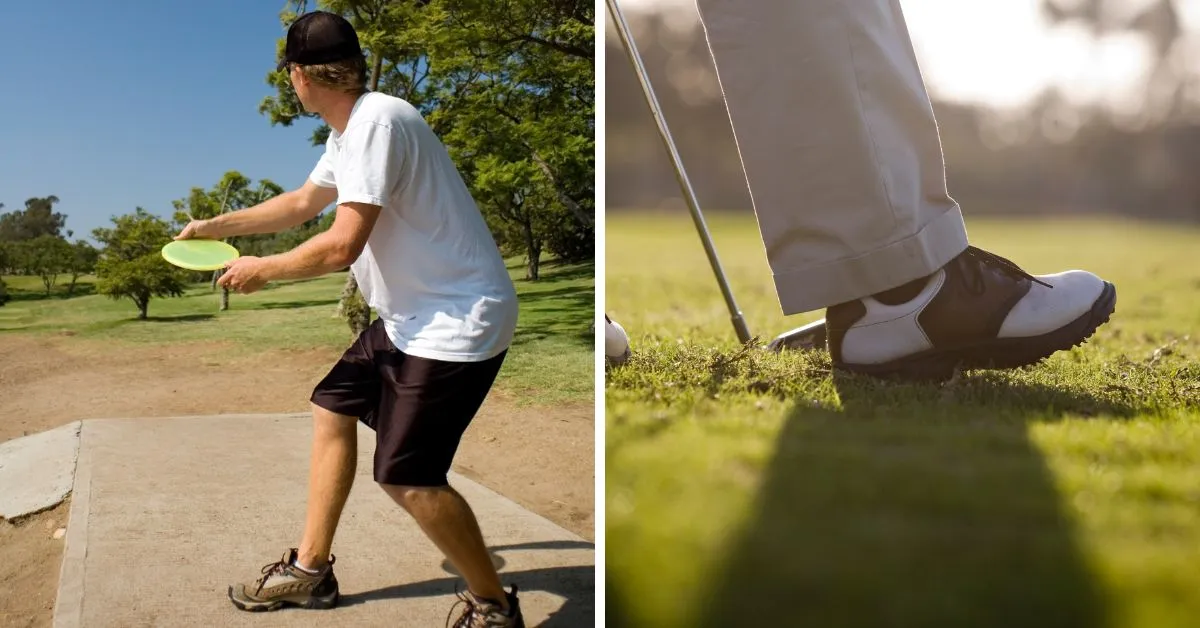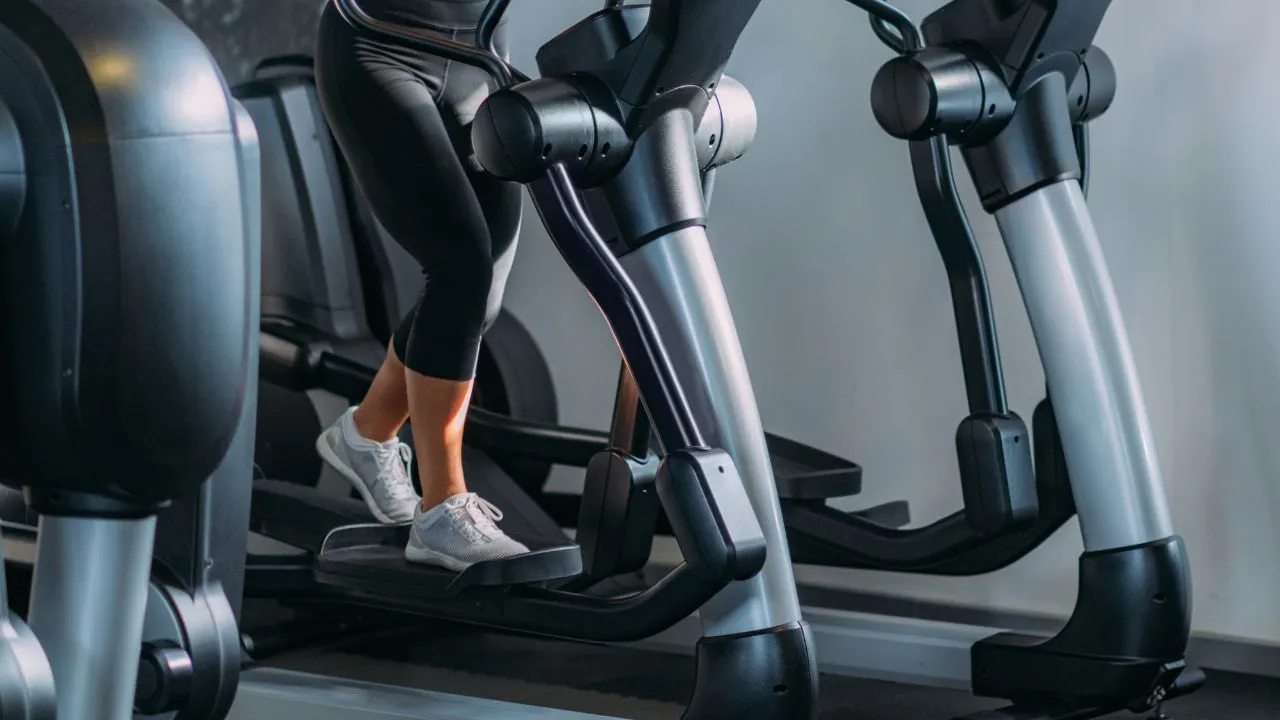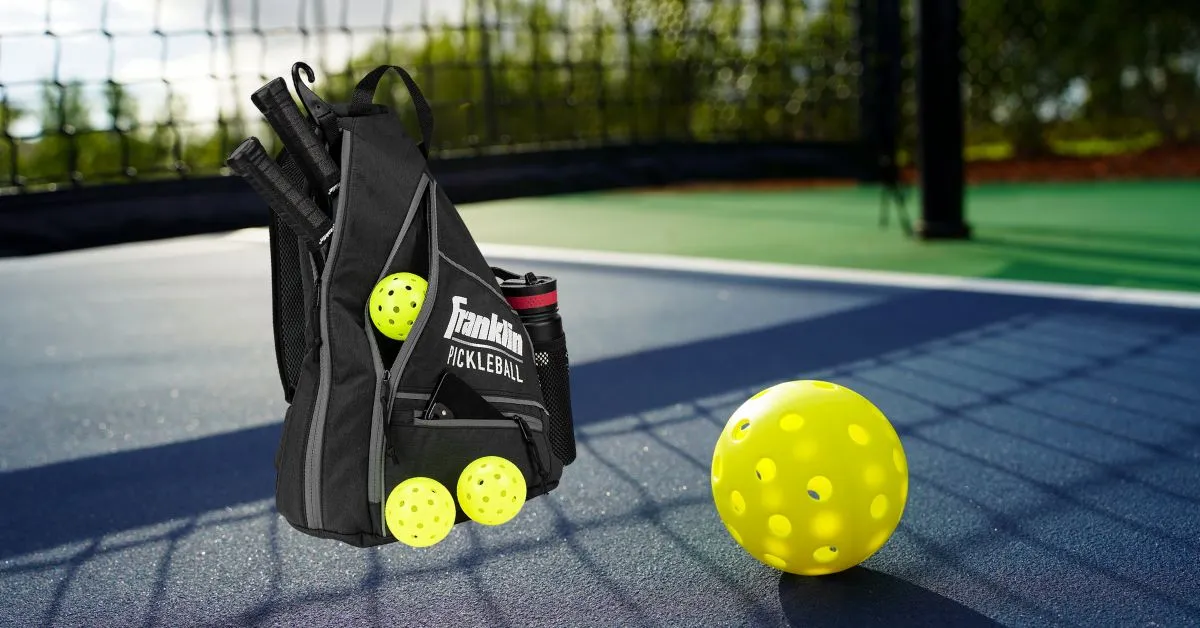Table of Contents
When it comes to protective footwear for the workplace, the terms 'safety shoes' and 'work shoes' are often used interchangeably. However, they are not the same. Understanding the distinction between safety shoes and work shoes is crucial for selecting the right footwear to ensure maximum protection and comfort on the job. This comprehensive guide will walk you through the differences, helping you make an informed decision for your occupational needs.
Key Takeaways:
- Safety shoes are designed with specific protective features to guard against workplace hazards, while work shoes are built for comfort and durability without specialized protection.
- The choice between safety shoes and work shoes depends on the nature of the job and the risks involved.
- Proper footwear can prevent workplace injuries and enhance productivity.
Understanding Work Shoes
Work shoes are a broad category of footwear designed to provide comfort and support for individuals who spend long hours on their feet. These shoes are typically constructed with durable materials to withstand daily wear and tear. They may also have features like slip-resistant soles and cushioned insoles to offer stability and reduce foot fatigue. However, work shoes do not usually come with reinforced safety features like steel toes or puncture-resistant soles.
The Essence of Safety Shoes
Safety shoes, on the other hand, are a specialized subset of work shoes that include additional protective elements to shield the wearer from specific workplace hazards. These hazards can include falling objects, electrical risks, chemical spills, and sharp objects on the ground. Safety shoes often comply with rigorous safety standards and certifications, such as ASTM or ISO, to ensure they provide the necessary level of protection.
The Role of Safety Standards
Safety standards play a pivotal role in distinguishing safety shoes from regular work shoes. Safety footwear must adhere to specific industry standards that define the level of protection they offer. For instance, the American Society for Testing and Materials (ASTM) sets standards for impact and compression resistance, while the International Organization for Standardization (ISO) provides guidelines for safety shoes on a global scale. These standards ensure that safety shoes are equipped to protect against the risks they claim to guard against.
Material Matters: Construction of Safety and Work Shoes
The materials used in the construction of safety and work shoes are a key differentiator. Safety shoes often incorporate robust materials like steel, composite, or aluminum for toe caps, and Kevlar or steel for midsoles to prevent punctures. Work shoes may use more conventional materials like leather, rubber, or synthetic fabrics, focusing on durability and comfort rather than protective features.
Design and Comfort Considerations
While safety is paramount, comfort and design also play a significant role in the choice of footwear. Safety shoes have evolved to include ergonomic features and stylish designs, making them more comfortable and appealing for everyday wear. Work shoes have always prioritized comfort, with features like padded collars, breathable materials, and flexible soles to minimize discomfort during long shifts.
The Impact of Workplace Environment
The workplace environment is a decisive factor in choosing between safety shoes and work shoes. In environments with heavy machinery, construction sites, or electrical hazards, safety shoes are a must. For less hazardous environments, such as retail or hospitality, where the risk of severe injury is lower, work shoes may suffice. It's essential to assess the specific risks of your workplace when selecting the appropriate footwear.
Industry-Specific Footwear Requirements
Different industries have varying requirements for protective footwear. For example, the construction industry often requires steel-toe safety shoes, while the electrical industry may need shoes with electrical hazard protection. It's important to understand the safety requirements of your industry to ensure compliance and safety on the job.
The Cost-Benefit Analysis of Safety vs. Work Shoes
When considering safety shoes and work shoes, one must also consider the cost-benefit analysis. Safety shoes can be more expensive due to their specialized features, but they can prevent costly injuries. Work shoes may be more affordable, but they might not offer adequate protection, potentially leading to higher costs in the event of an injury.
Maintenance and Longevity of Footwear
Maintenance and longevity are important factors to consider for both safety shoes and work shoes. Proper care can extend the life of the footwear and ensure it continues to provide the necessary protection or comfort. Safety shoes may require more frequent inspection and replacement to maintain their protective qualities, while work shoes may have a longer lifespan if they're not subject to harsh conditions.
Making the Right Choice for Your Needs
Ultimately, the choice between safety shoes and work shoes comes down to your specific needs and workplace hazards. It's crucial to evaluate the risks you face on the job and choose footwear that will offer the best protection and comfort. Consulting with safety professionals or footwear specialists can help you make the right decision.
Summary
In summary, the main difference between safety shoes and work shoes lies in their purpose and construction. Safety shoes are designed to protect against specific workplace hazards and meet certain safety standards, while work shoes are built for comfort and durability in less hazardous environments. Choosing the right footwear is essential for safety, compliance, and comfort on the job.
FAQ Section
Can work shoes be used as safety shoes?
No, work shoes are not a substitute for safety shoes as they lack the specialized protective features required to guard against workplace hazards.
How often should safety shoes be replaced?
Safety shoes should be inspected regularly and replaced if they show signs of damage or wear that could compromise their protective qualities. The frequency of replacement depends on the work environment and how quickly the shoes wear out.
Are safety shoes required by law?
In many industries and countries, safety shoes are required by law for certain jobs, especially those that involve potential foot injuries. Employers are responsible for ensuring that their employees wear appropriate protective footwear when necessary.
Other Related Articles
